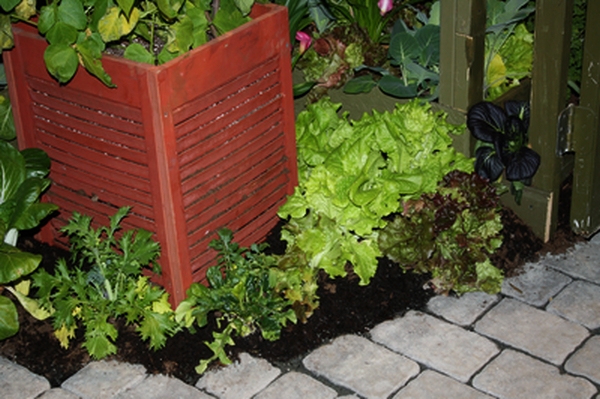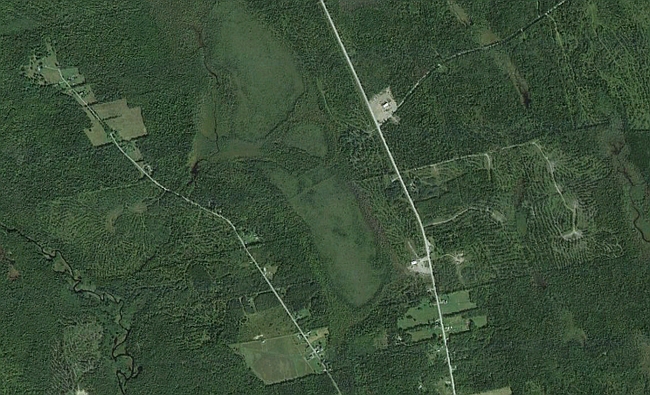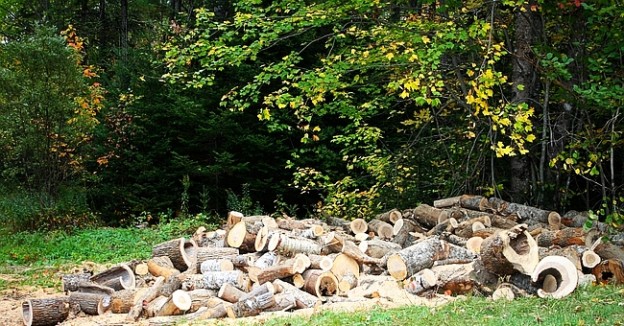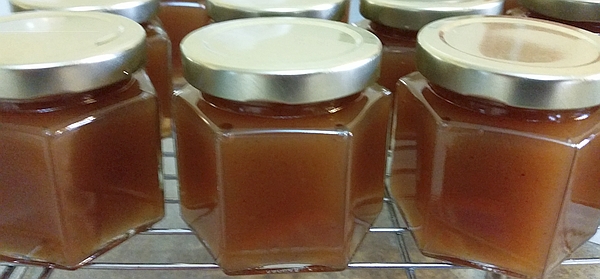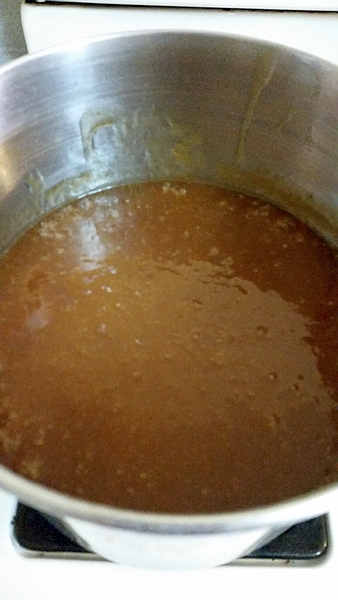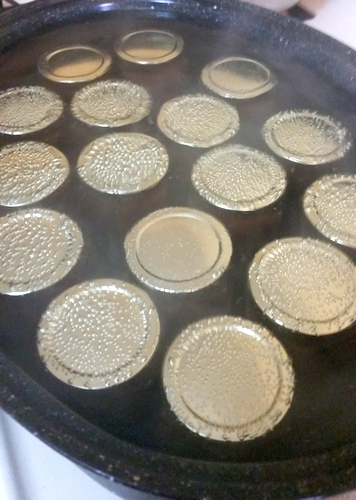Poultry
Are you planning a new homestead? Or adding to what you already do on your homestead? We’ve been talking about planning.
Let’s talk about poultry. Will you want to raise birds? When I first got chicks nearly 20 years ago someone made a point I’ll never forget. He said, “Chickens are as simple or difficult as you want to make them.”
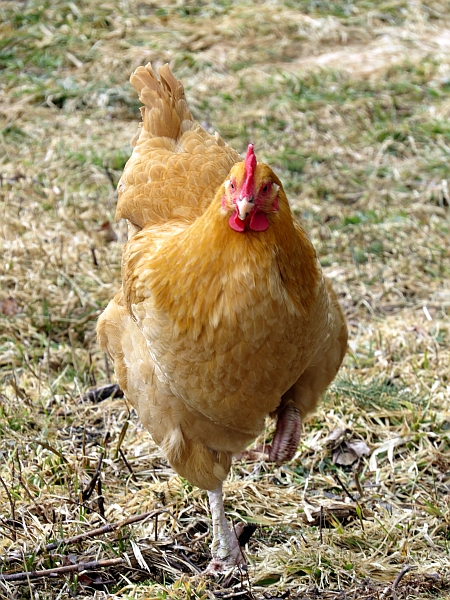
Buff Orpington
He’s right. Chickens, ducks, turkeys, quail, pheasant, geese – whatever birds you want to raise, really don’t need a lot. Food, water, shelter and safety outdoors make up their short list of needs.
Food is simple. You can buy commercial food, usually in pellet form, by the bag. A 50 pound bag of layer pellets starts around $12 a bag. Exact prices varies from area to area and $12 is a starting point. A quick phone call the feed store will give you the current price in your area. There are foods available for all birds you might consider keeping. I keep the poultry feeder inside the coop so that weather and pests don’t ruin the food.
If you have lawn or pasture you can let the birds out onto you’ll decrease your food costs. They’ll eat grass, weeds, seeds and other plant matter. Food scraps from your kitchen are like candy to poultry. With a few exceptions your birds can eat most unprocessed foods. Fruit peels, leftover vegetables, stale bread – all appreciated by the birds.
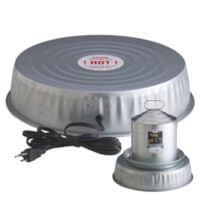
Poultry water heater base
Water is essential, of course. It can be tricky to keep enough water thawed for the birds in winter. They need to stay well hydrated to be able to keep themselves warm. A heated base for the water makes it simpler. If you’re in the planning stages I suggest considering electricity to the coop. I wish I had it running to mine. Being able to plug in the heater base without running an extension cord would be a blessing.
In warmer areas and seasons I recommend poultry nipples. Birds adapt to this method of watering easily and it keeps the water clean. Even chickens and turkeys will walk in their water if you’re using a pan on the floor or ground.
Shelter will probably be your largest expense. It’s money well spent. You want your coop to allow good air circulation without creating too much wind. You’ll need to keep predators such as snakes, weasels and raccoons out so it needs to be sturdy. A full-size “people” door will let you in to gather eggs, tend to the birds’ food and water, and clean the coop. A poultry door is much smaller and usually opens into a pen. The birds walk up and down a ramp to go in and out. Your nest boxes will be inside or attached to the outside of the coop and accessible to the birds from inside. I prefer them to be attached to the outside because it makes collecting eggs and cleaning simpler. Waterfowl will want to nest on the ground.
Safety is vitally important. If you have room to let your poultry roam you’ll need to keep them safe. You have options. A livestock guardian dog is a wonderful addition to a homestead. Some breeds will herd as well as guard.
Electronet is portable electric fencing that allows you to move the birds to fresh ground as often as necessary without a lot of hassle. I like to fence my birds into an area around the coop. I break it up into thirds to give the grass and clover time to recover before the birds return. Electronet has a downfall – it doesn’t keep birds of prey out.
Permanent fencing is great, especially in winter if the grass is covered in snow. Once it’s built it’s low maintenance. Wear and tear on the pen’s ground is the biggest downfall of permanent fencing.
Occasionally a bird might get hurt or sick. There are dozens of online forums and thousands of websites full of information. And don’t forget your vet. Some of them treat poultry. Learn what you can and before long you’ll be taking care of poultry like a pro.

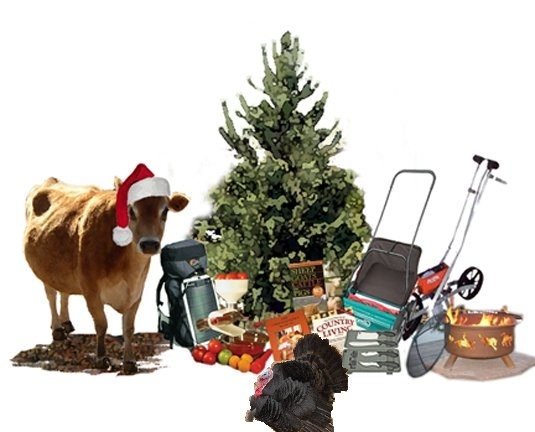
![[NeighborWoods] Fawn White runner and Khaki Campbell Ducks](http://www.homesteadersupply.com/blog/wp-content/uploads/2014/11/runner-khaki-campbell-ducks.jpg)
